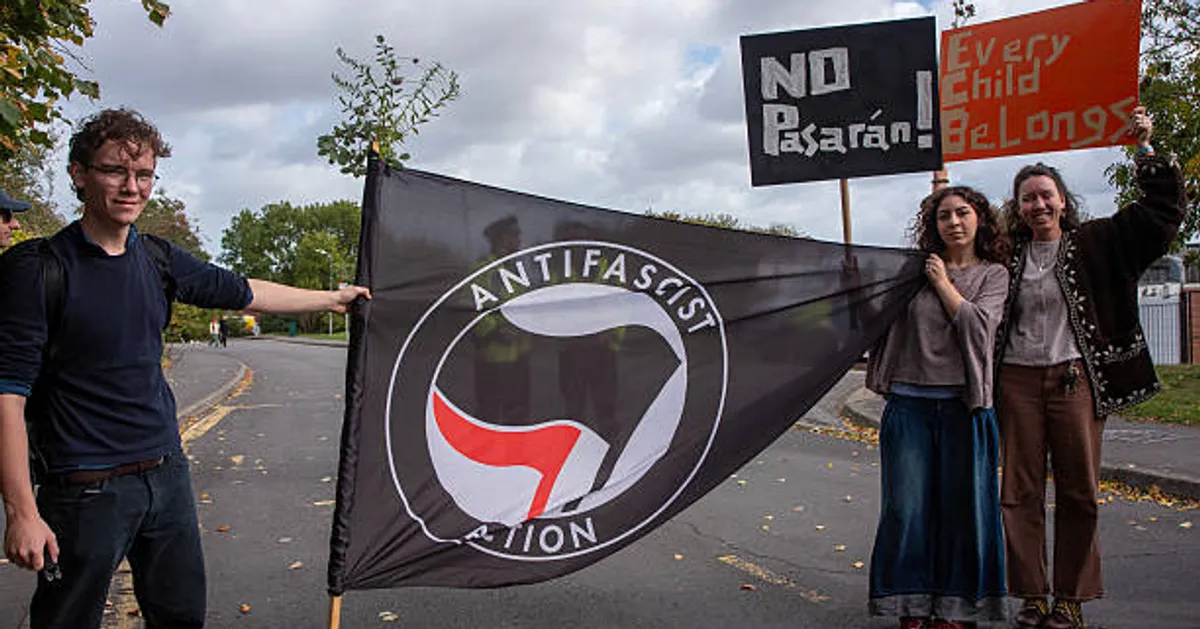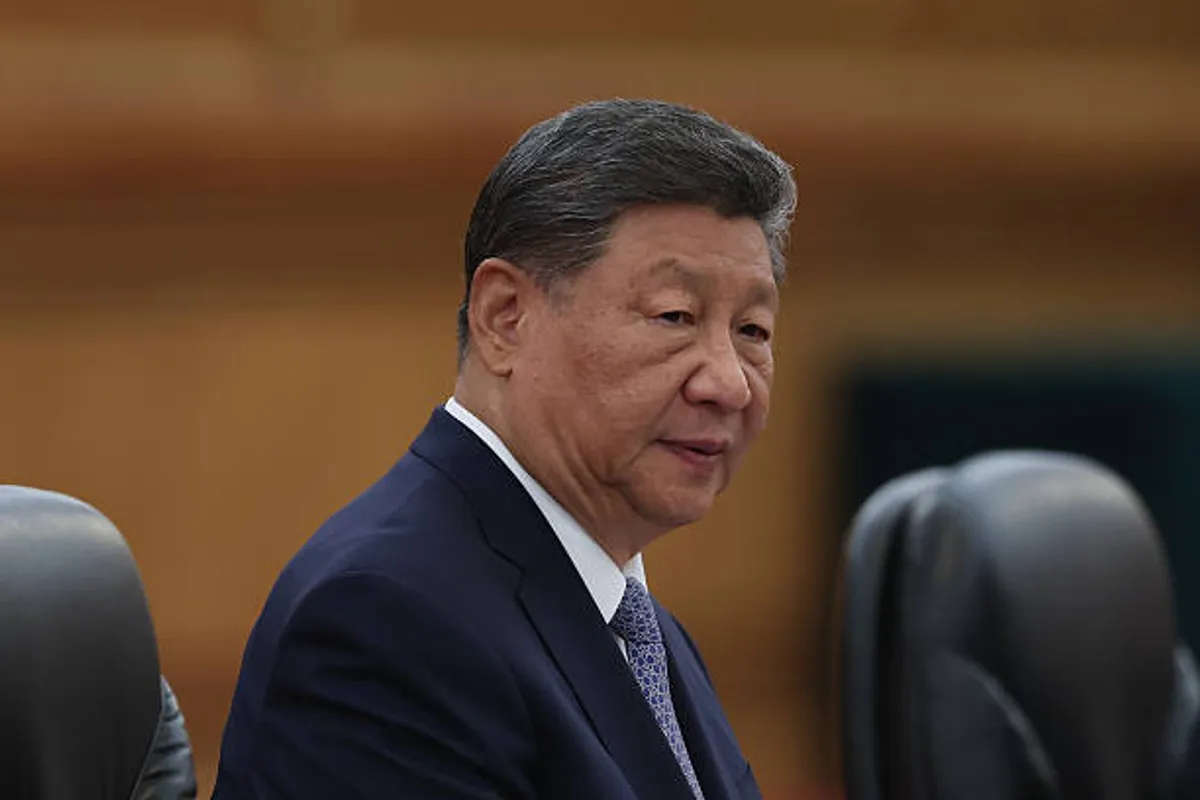
What Is Antifa — And Why Is Trump Targeting It?

GeokHub
Contributing Writer
U.S. President Donald Trump has moved to designate antifa as a “domestic terrorist organization,” citing concerns about political violence and left-wing extremism. But who — or what — is antifa, and how feasible is Trump’s plan?
Antifa (short for “anti-fascist”) is not a structured group with leadership, hierarchy, or formal membership. Rather, it functions as a decentralized movement or ideology made up of local cells and like-minded activists. These groups share goals opposing fascism, white supremacy, and far-right extremism.
Though some adherents have clashed with right-wing groups or engaged in confrontational protests, there is no confirmed record of antifa being responsible for lethal, large-scale terrorist attacks in the U.S.
Trump’s administration justifies action by pointing to the growing political polarization and recent high-profile attacks as proof of danger. But experts say the attempt to legally target an ideology raises serious constitutional and legal constraints. The U.S. does not currently have procedures for designating a domestic ideology as a terrorist group under existing law.
Critics warn that the executive order’s broad language — allowing authorities to investigate anyone claiming affiliation — could chill free speech and suppress lawful protest. Antifa’s lack of central coordination makes enforcing such a designation difficult without overreach.
As the debate unfolds, the clash typifies broader tensions over free expression, political dissent, and national security in the U.S. today.






































































